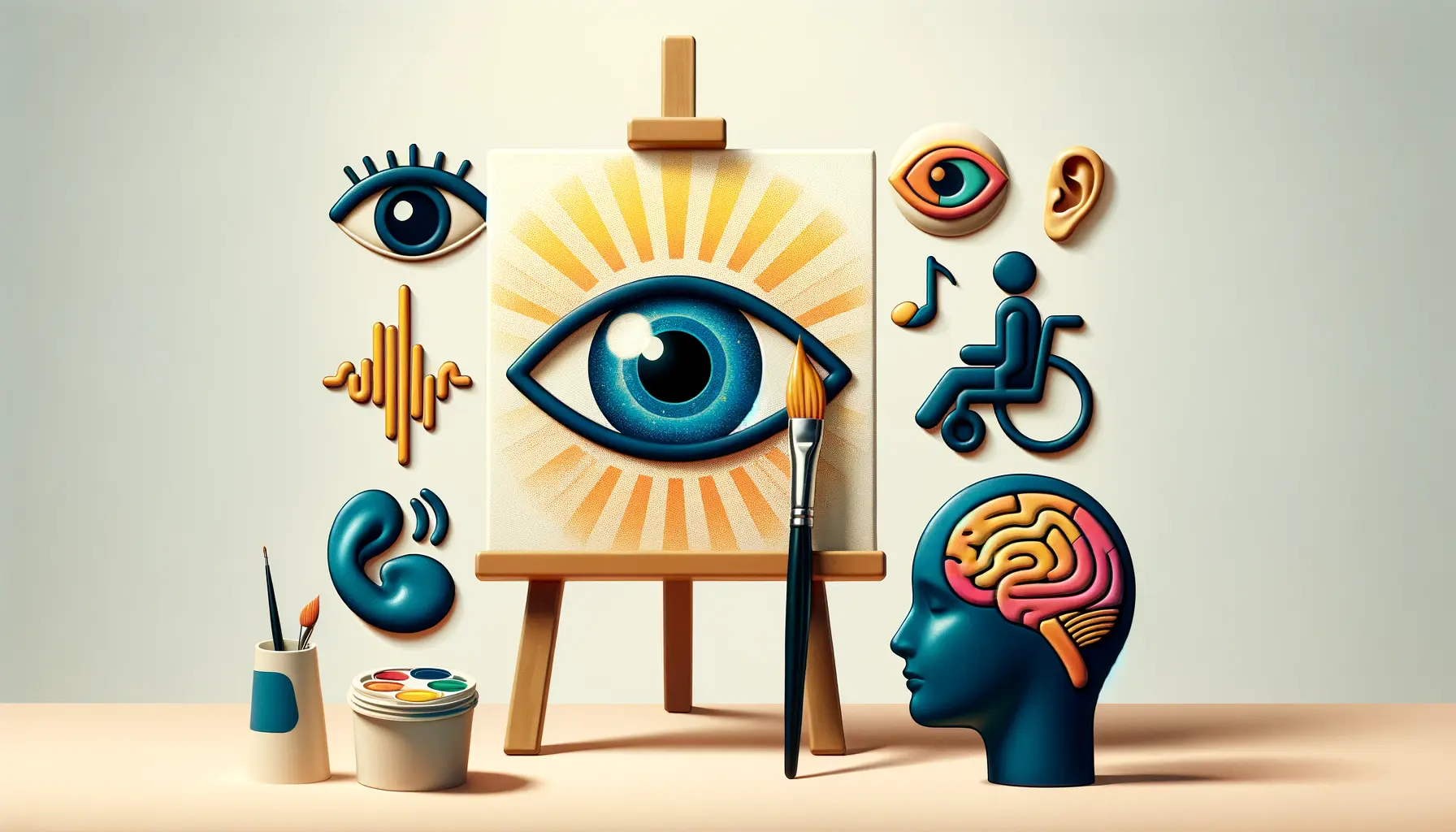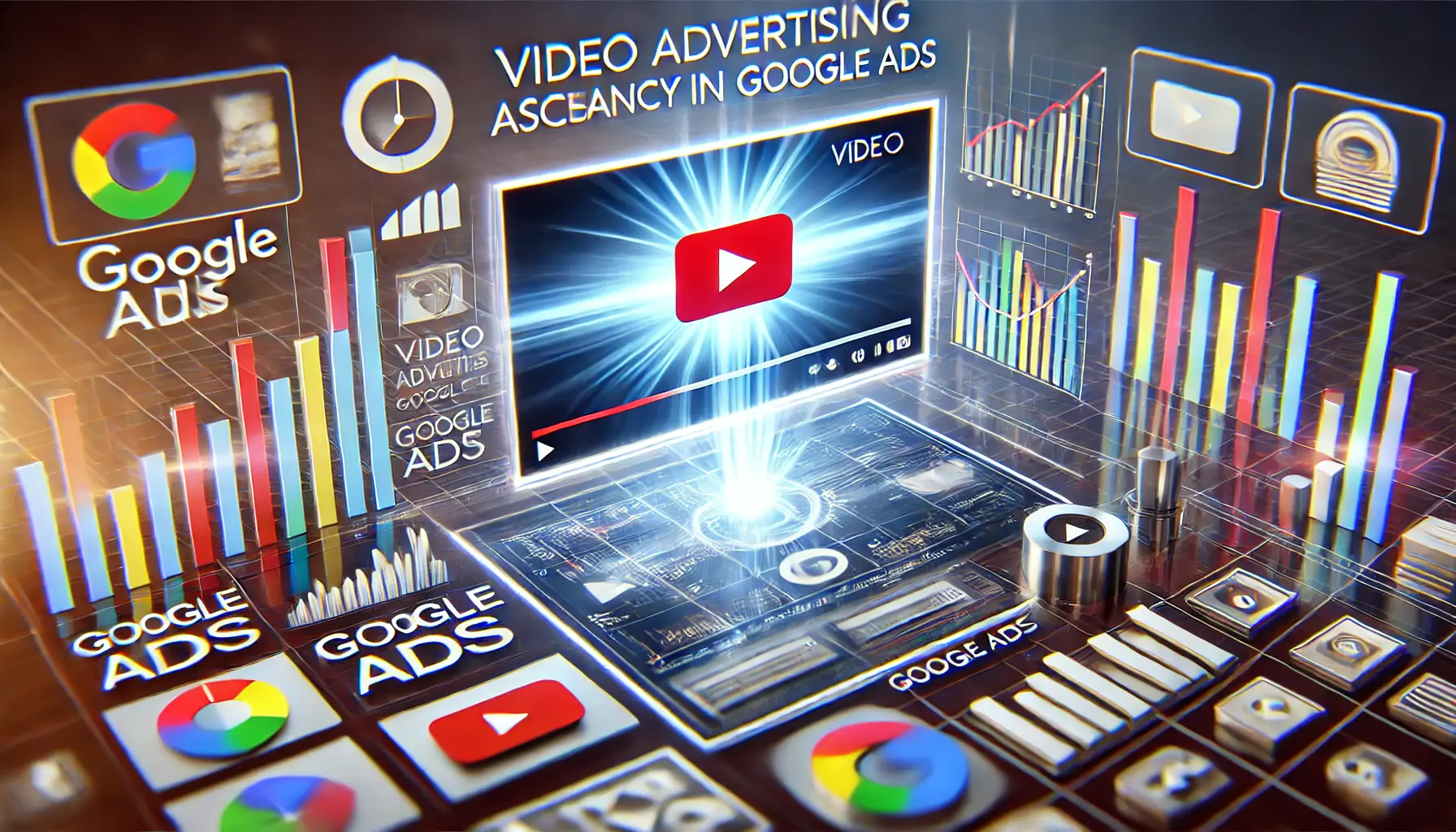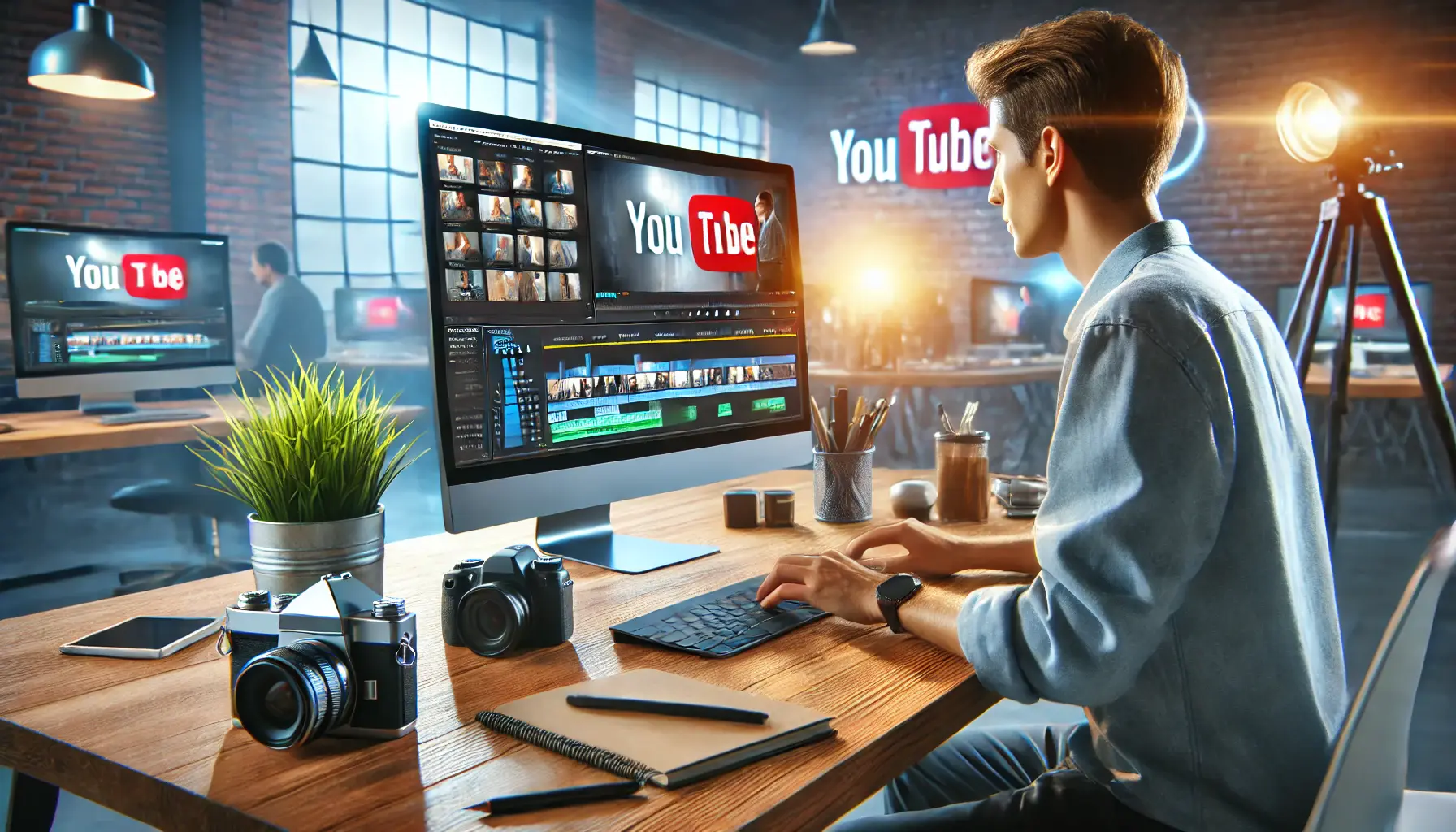Video content has become ubiquitous in our digital age, serving as a primary medium for education, entertainment, and communication.
However, for the hearing impaired, accessing this content can be challenging without the proper accommodations.
Integrating video captions is not just a matter of inclusivity but a necessity to ensure that everyone has equal access to information and entertainment.
This article delves into the significance of video captions, exploring their impact on accessibility and how they can be effectively implemented to serve the needs of the hearing impaired.
The integration of captions in video content is a critical step towards creating an inclusive digital environment.
Captions provide a textual representation of the audio content, including spoken words, sound effects, and musical cues, making videos accessible to individuals who are deaf or hard of hearing.
Beyond accessibility, captions also enhance the viewing experience for a broader audience, including those who may prefer reading over listening or are in environments where audio cannot be played.
This article aims to shed light on the importance of video captions, offering insights into their benefits and the best practices for their integration.
- Understanding the Importance of Video Captions
- Best Practices for Captioning Videos
- Technological Advances in Captioning
- Challenges in Video Captioning
- Impact of Video Captions on SEO and Viewer Engagement
- Global Perspectives on Captioning and Accessibility
- Future Directions in Video Captioning
- Embracing the Future of Video Captions
- FAQs on Video Captions for the Hearing Impaired
Understanding the Importance of Video Captions
Video captions play a pivotal role in making digital content accessible to the hearing impaired.
They serve as a bridge, enabling individuals who cannot rely on auditory cues to fully engage with video content.
Captions ensure that everyone, regardless of their hearing ability, can enjoy videos, learn from educational content, and participate in digital communications.
The importance of video captions extends beyond accessibility, contributing to a more inclusive society where information and entertainment are accessible to all.
Captions also benefit individuals in noisy environments or those who are not native speakers of the video’s language, highlighting the versatility and broad appeal of captioned content.
By providing a textual alternative to audio, captions enhance comprehension and retention of information, making them an invaluable tool for educators, content creators, and viewers alike.
Benefits of Video Captions for the Hearing Impaired
The integration of video captions offers numerous benefits for the hearing impaired, significantly enhancing their ability to access and enjoy video content.
Captions provide a clear and accurate representation of the audio, including dialogue, sound effects, and musical cues, ensuring that viewers can follow along without missing out on crucial information.
This level of access is essential for educational videos, where understanding every word and sound can be critical to learning.
Moreover, captions can improve literacy skills by allowing viewers to read along with the spoken content, reinforcing language learning and comprehension.
For the hearing impaired, this can be an invaluable tool in developing reading and language skills, bridging the gap between auditory and visual learning modalities.
Incorporating video captions not only adheres to accessibility standards but also enhances the overall viewer experience, making content more engaging and informative for a diverse audience.
Best Practices for Captioning Videos
Creating effective and accessible video captions involves more than just transcribing the audio.
It requires attention to detail, accuracy, and a deep understanding of the needs of the hearing impaired.
To ensure that captions are beneficial and accessible, there are several best practices that content creators and video platforms should follow.
These practices not only enhance the quality of the captions but also ensure that they meet the diverse needs of all viewers, including those with hearing impairments.
By adhering to these guidelines, creators can make their content more inclusive and accessible to a wider audience.
Accuracy and Synchronization
- Accuracy: Captions must accurately reflect the audio content, including dialogue, sound effects, and non-speech elements. This ensures that all viewers have a complete understanding of the video.
- Synchronization: Captions should be perfectly synchronized with the audio to provide a seamless viewing experience. This helps viewers follow along with the narrative without confusion.
Readability and Accessibility
- Font and Size: Use a clear, easy-to-read font and an appropriate size for captions to ensure they are accessible to viewers with varying visual abilities.
- Color and Contrast: Ensure high contrast between the captions and the background to improve readability, especially in varied lighting conditions.
Inclusive Language and Cultural Sensitivity
- Inclusive Language: Use language that is inclusive and respectful of all viewers, avoiding slang or idioms that may not be universally understood.
- Cultural Sensitivity: Be mindful of cultural differences and ensure that captions do not inadvertently offend or exclude viewers from different backgrounds.
While technology can assist in generating captions, human review is essential to ensure accuracy, synchronization, and cultural sensitivity, making the content truly accessible.
Technological Advances in Captioning
The field of video captioning has seen significant technological advances in recent years, making it easier and more efficient to create accessible content for the hearing impaired.
These innovations range from automatic speech recognition (ASR) software to AI-driven captioning tools, each offering unique benefits and challenges.
Understanding these technological advancements is crucial for content creators and accessibility advocates aiming to improve the inclusivity of digital media.
By leveraging these technologies, creators can produce captions more quickly and accurately, reducing the barrier to entry for making videos accessible.
However, it’s important to recognize the limitations and ensure that technology complements human oversight to achieve the highest quality captions.
Automatic Speech Recognition (ASR) Software
- Overview: ASR software converts spoken language into text automatically, providing a foundational tool for generating video captions. This technology has improved significantly, offering better accuracy and faster processing times.
- Challenges: Despite advancements, ASR can still struggle with accents, dialects, and background noise, leading to inaccuracies that require human correction.
AI-Driven Captioning Tools
- Overview: AI-driven tools go beyond basic transcription, offering features like context understanding and emotion detection to enhance the quality of captions. These tools can provide more nuanced and accurate captions, especially in complex audio environments.
- Benefits: AI captioning can significantly reduce the time and effort required to produce high-quality captions, making it more feasible for content creators to prioritize accessibility.
Integrating Captioning into Video Platforms
- Platform Support: Many video hosting platforms now offer integrated captioning features, including automatic caption generation and easy-to-use editing tools. This integration makes it simpler for creators to add captions to their content.
- User Engagement: Platforms that prioritize captioning not only enhance accessibility but also see increased engagement, as captions make content more accessible to a wider audience.
Embracing these technological advances in captioning can transform the accessibility landscape, making it easier than ever for content creators to include the hearing impaired in their audience.
Challenges in Video Captioning
While the integration of video captions has made significant strides in enhancing accessibility for the hearing impaired, several challenges remain.
These obstacles range from technical difficulties to financial and logistical constraints, all of which can impede the widespread adoption of high-quality captioning.
Understanding these challenges is crucial for stakeholders in the digital content ecosystem, from creators to platforms, as they work towards more inclusive solutions.
Addressing these challenges requires a concerted effort from all parties involved, including leveraging new technologies, advocating for regulatory changes, and educating content creators about the importance of accessibility.
Technical Limitations
- Accuracy: Even with advances in ASR and AI technologies, achieving 100% accuracy in captions, especially in videos with complex audio, multiple speakers, or technical jargon, remains a challenge.
- Synchronization: Ensuring that captions are perfectly synchronized with the audio and visual elements of a video can be difficult, particularly in live broadcasts or dynamic content.
Financial and Resource Constraints
- Cost: High-quality captioning, especially when requiring human review and correction, can be costly. This can deter smaller content creators or organizations with limited budgets from implementing captions.
- Time and Effort: The process of captioning, reviewing, and editing captions to ensure accuracy and compliance with accessibility standards can be time-consuming, posing a significant barrier for content creators.
Regulatory and Compliance Issues
- Varying Standards: The lack of uniform standards for caption quality and accessibility across different countries and platforms can create confusion and inconsistency in captioning practices.
- Compliance: Navigating the legal requirements for captioning, including understanding which videos must be captioned and to what standard, can be complex and daunting for content creators.
Assuming that technological solutions alone can solve all captioning challenges overlooks the nuanced and multifaceted nature of accessibility issues.
Impact of Video Captions on SEO and Viewer Engagement
Video captions extend beyond accessibility, offering significant benefits in terms of Search Engine Optimization (SEO) and viewer engagement.
The inclusion of captions can transform the discoverability of video content, making it more visible to search engines and, by extension, to a broader audience.
This section explores how integrating captions into videos can lead to improved SEO rankings and heightened viewer engagement, contributing to the overall success of digital content strategies.
Understanding the dual benefits of captions for both accessibility and marketing purposes underscores the value of investing in high-quality captioning.
It’s a strategy that not only fosters inclusivity but also enhances content performance in the digital landscape.
Enhancing SEO with Video Captions
- Textual Content: Captions provide searchable text that search engines can index, making video content more discoverable to users searching for related topics or keywords.
- Keyword Optimization: Including relevant keywords in captions can improve a video’s SEO, helping it rank higher in search results and attracting more viewers.
Boosting Viewer Engagement
- Accessibility: Captions make videos accessible to a wider audience, including those who are hearing impaired or non-native speakers, thereby increasing the potential viewer base.
- Flexibility: Viewers can watch captioned videos in sound-sensitive environments, such as offices or public transportation, leading to higher engagement rates.
Case Studies and Statistics
- Case Study: A study conducted by a leading video platform revealed that videos with captions saw a 40% increase in viewing time compared to non-captioned videos, highlighting the impact of captions on engagement.
- Statistics: Research indicates that 80% of viewers who use captions are not hearing impaired, suggesting that captions serve a broader purpose than accessibility alone.
The strategic integration of video captions not only adheres to accessibility standards but also significantly enhances SEO and viewer engagement, making it a critical component of successful digital content strategies.
Global Perspectives on Captioning and Accessibility
The conversation around video captioning and accessibility is not confined to any single region or country; it is a global dialogue with diverse perspectives and approaches.
Different countries have adopted various regulations, standards, and practices to ensure that digital content is accessible to the hearing impaired, reflecting a broad commitment to inclusivity.
This section explores how different parts of the world address the challenges and opportunities of video captioning, offering insights into the global landscape of digital accessibility.
Understanding these global perspectives is crucial for content creators and platforms aiming to reach international audiences.
It highlights the importance of adopting flexible and inclusive practices that cater to the diverse needs of viewers worldwide.
Regulatory Frameworks Across Countries
- United States: The Americans with Disabilities Act (ADA) and the Twenty-First Century Communications and Video Accessibility Act (CVAA) set forth requirements for captioning to ensure accessibility for the hearing impaired.
- European Union: The European Accessibility Act (EAA) mandates accessibility features, including captions, for digital products and services, aiming for a barrier-free digital environment across EU member states.
Innovative Practices in Captioning
- Automatic Live Captioning: Some countries have pioneered the use of AI and machine learning technologies for real-time captioning of live broadcasts, enhancing accessibility for live events and news.
- Community-Driven Captioning: Platforms that enable community contributions to captioning efforts have seen success in rapidly expanding the availability of captions across languages and regions.
Challenges in Global Accessibility
- Language Diversity: Creating captions in multiple languages to serve a global audience presents logistical and financial challenges, highlighting the need for scalable solutions.
- Technological Disparities: Variations in technological infrastructure and internet access across countries can impact the effectiveness and reach of captioned content.
The global push towards more inclusive digital content reflects a growing recognition of the importance of accessibility in fostering an interconnected and inclusive digital world.
Future Directions in Video Captioning
The landscape of video captioning is continuously evolving, driven by technological advancements, regulatory changes, and a growing awareness of the importance of accessibility.
As we look towards the future, several key trends and innovations promise to further transform how video captions are created, distributed, and experienced.
This final section explores the potential future directions in video captioning, highlighting the opportunities and challenges that lie ahead in making digital content universally accessible.
Anticipating these future developments is essential for content creators, platforms, and accessibility advocates as they work to stay ahead of the curve in providing inclusive digital experiences for all users, regardless of their hearing abilities.
Advancements in AI and Machine Learning
- Improved Accuracy: Ongoing improvements in AI and machine learning algorithms are expected to enhance the accuracy of automatic captioning, reducing the need for human correction.
- Real-Time Captioning: Advances in technology will enable more reliable and seamless real-time captioning for live broadcasts and events, making them accessible to the hearing impaired as they happen.
Increased Regulatory Focus on Accessibility
- Global Standards: Efforts to establish global standards for video captioning and digital accessibility are likely to gain momentum, promoting consistency and inclusivity across borders.
- Legal Mandates: As awareness of accessibility issues grows, more countries may introduce or strengthen regulations requiring video captions, ensuring broader compliance.
Community and Viewer-Driven Captioning
- Collaborative Captioning: Platforms that facilitate community contributions to captioning efforts can democratize the process, allowing viewers to play an active role in making content accessible.
- User Feedback Systems: Incorporating user feedback mechanisms for captions can help improve quality and accuracy, making the captioning process more responsive to viewer needs.
Enhancing the Captioning Experience
- Personalization: Future captioning technologies may offer personalized settings, allowing users to customize the appearance and presentation of captions according to their preferences.
- Integration with Emerging Technologies: The integration of captioning with virtual reality (VR), augmented reality (AR), and other emerging technologies will open new avenues for accessible content creation and consumption.
The future of video captioning is bright, with innovations on the horizon that promise to make digital content more accessible and inclusive than ever before. Embracing these changes will be key to creating a digital world that truly accommodates everyone.
Embracing the Future of Video Captions
The journey through the intricacies of integrating video captions for the hearing impaired has illuminated the multifaceted benefits, challenges, and future directions of this essential aspect of digital accessibility.
As we have explored, video captions transcend the boundary of mere compliance with accessibility standards, venturing into the realms of enhanced viewer engagement, SEO optimization, and global inclusivity.
The evolution of captioning technologies and practices is not just a testament to our advancing digital landscape but also reflects a growing societal commitment to inclusivity and equality.
The Path Forward
Looking ahead, the future of video captions is poised on the cusp of transformative change, driven by advancements in AI, regulatory momentum, and a global dialogue on accessibility.
The integration of video captions stands as a beacon of progress, signaling a move towards a more inclusive digital world where content is universally accessible.
However, this journey is not without its challenges.
Technical limitations, financial constraints, and the need for global standardization present hurdles that must be navigated with care and innovation.
Key Takeaways
- The importance of accuracy and synchronization in creating effective video captions cannot be overstated, ensuring that all viewers have a seamless and inclusive viewing experience.
- Technological advances, particularly in AI and machine learning, offer promising solutions to current captioning challenges, enhancing the efficiency and quality of captions.
- Global perspectives on captioning highlight the diverse approaches to accessibility, underscoring the need for international collaboration and standardization.
- The impact of video captions on SEO and viewer engagement illustrates the broader benefits of accessibility efforts, extending beyond the hearing impaired community to benefit all viewers.
In conclusion, the integration of video captions for the hearing impaired is a critical endeavor that enriches the digital landscape for everyone.
By addressing the challenges and embracing the opportunities presented by new technologies and global collaboration, we can ensure that video content is not only accessible but also engaging and inclusive for all audiences.
The path forward is clear: by prioritizing video captions, we pave the way for a more inclusive, accessible, and interconnected digital world.
Quality web design is key for a great website! Check out our service page to partner with an expert web design agency.
FAQs on Video Captions for the Hearing Impaired
Explore common questions about integrating video captions for the hearing impaired, enhancing accessibility and understanding.
Closed captions are text versions of the audio in media files, making videos accessible by detailing dialogue and sound cues.
Captions allow deaf or hard-of-hearing viewers to follow along with both the dialogue and the action of a video simultaneously.
Captioning is essential for making video content accessible to viewers who are deaf or hard of hearing, and is often legally required.
Captions benefit a broader audience, including those in noisy environments or non-native speakers, by enhancing comprehension.
Challenges include achieving accuracy with accents, dialects, and synchronizing captions with audio and visual elements.
Advancements in AI and machine learning have enhanced the accuracy and efficiency of generating captions for videos.
Many platforms offer customizable caption settings, allowing users to adjust font size, color, and background for readability.
The future includes more accurate AI-driven captions, global standardization, and increased regulatory focus on accessibility.












